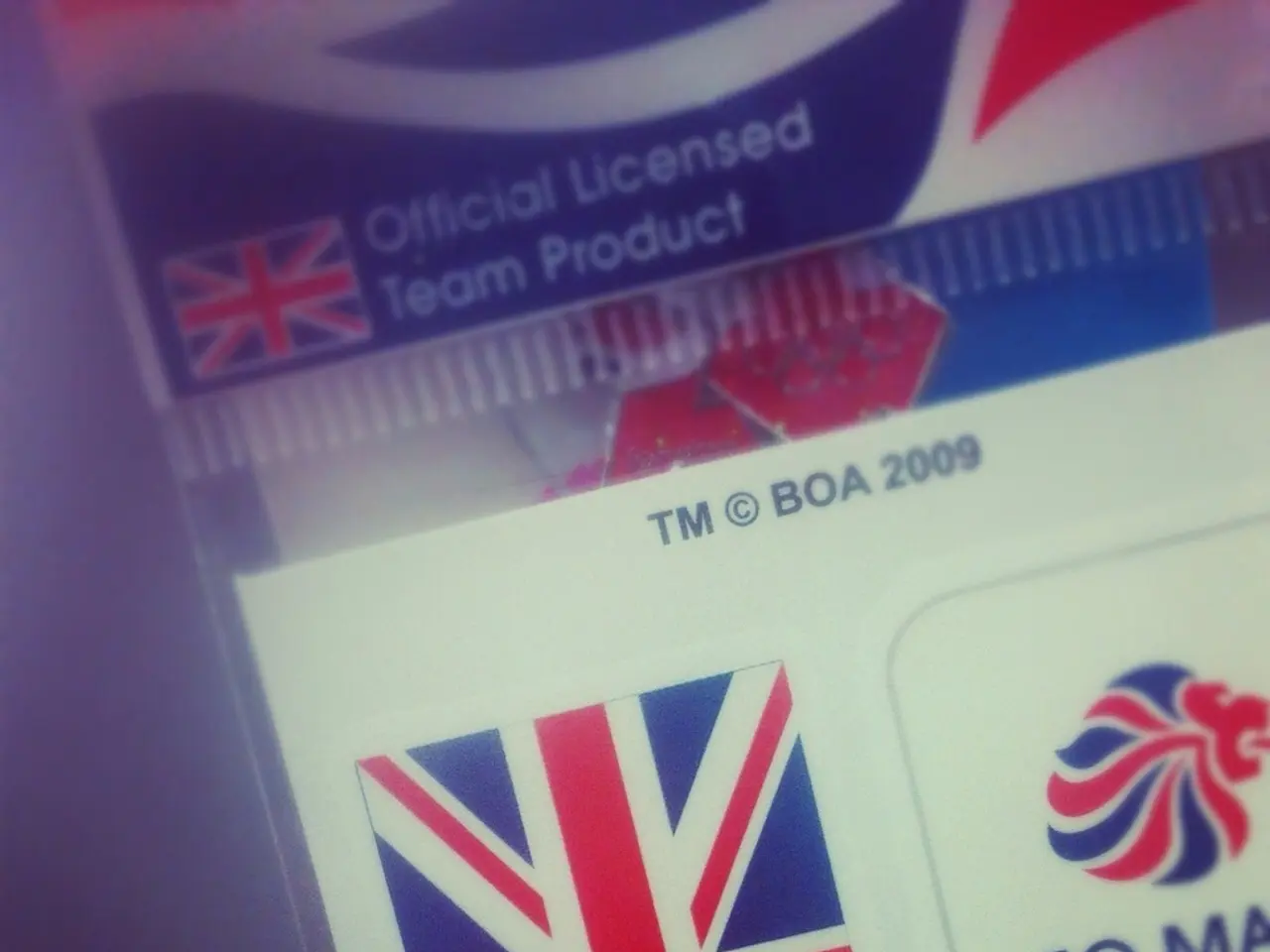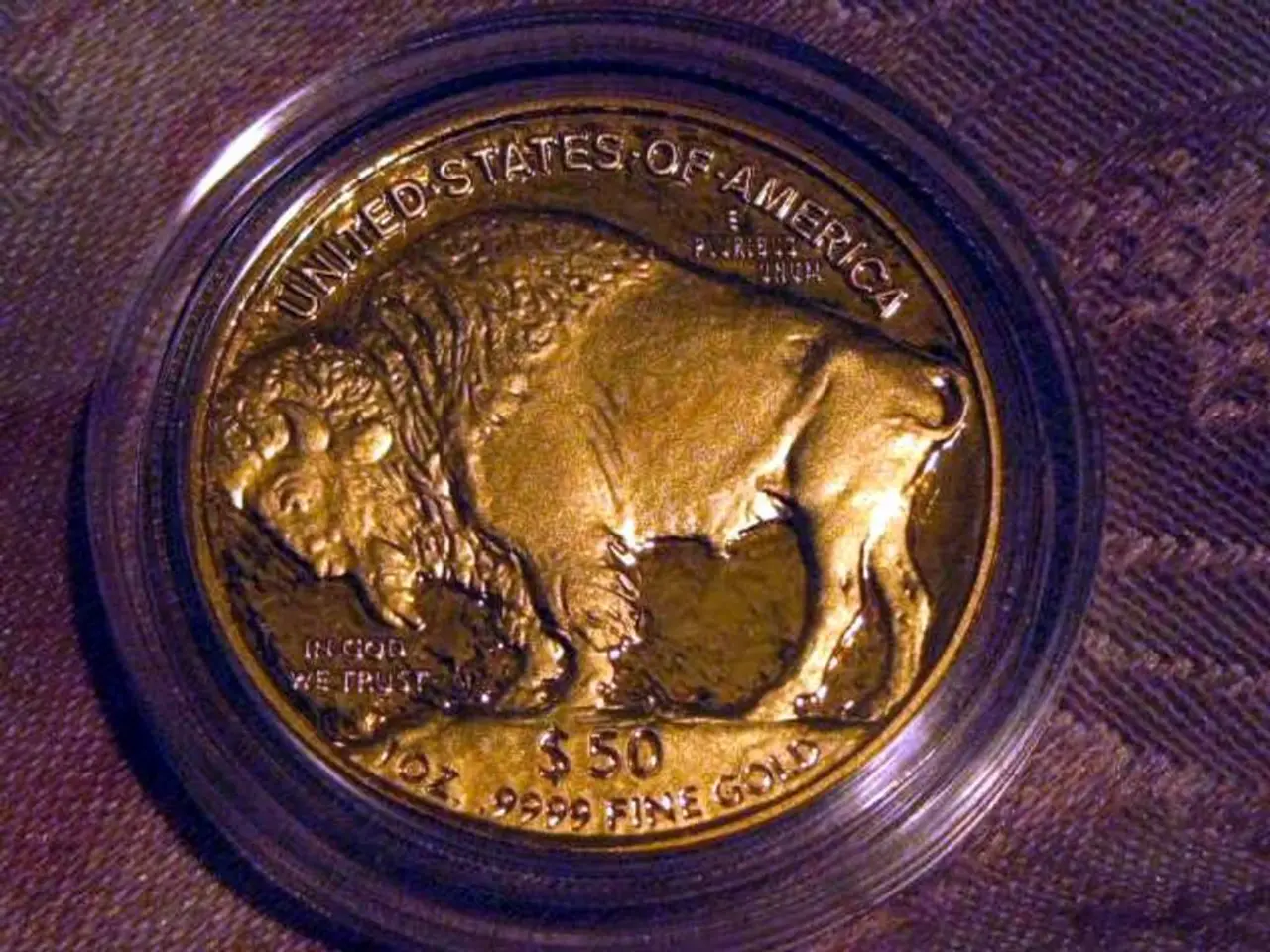Navigating Errors in Selecting and Delivering Above Ground Pool Pumps
When it comes to ensuring your above ground pool stays clean and well-maintained, choosing the right pool pump is crucial. Here's a breakdown of key factors to consider for a successful purchase.
Pump Size and Compatibility
Selecting a pump size that matches your pool's water volume and filtration system requirements is essential. The pump's flow rate, usually measured in gallons per minute (GPM), should ideally circulate and filter the entire pool volume in 8-12 hours. Oversized or undersized pumps reduce efficiency and increase wear.
Energy Efficiency
Look for pumps with high energy efficiency ratings or models with variable or two-speed motors. Two-speed pumps can run at a low speed for normal filtration (saving energy) and a high speed for vacuuming or heavy use, reducing electricity costs substantially over time.
Pump Motor Type
Variable speed and two-speed pumps provide better energy savings than single speed pumps because they allow you to adjust power according to pool needs.
Electrical Requirements
Confirm your power supply type — many above ground pools use 120V outlets with GFCI protection, but some setups may require 240V power. Proper wiring and a GFCI outlet are crucial for safety and pump longevity.
Filter Compatibility
Match the pump to the type of filter you use (cartridge, sand, or DE filters) as efficiency depends on proper syncing between pump and filter. Above ground pools often work well with cartridge filters and two-speed pumps for energy savings and easy maintenance.
Build Quality and Durability
Look for corrosion-resistant materials and well-known brands that offer reliable parts and warranty to ensure long-term value.
Ease of Maintenance
Consider pumps that are easy to clean, maintain, and for which replacement parts are readily available to reduce downtime and repair costs.
Installation and Professional Guidance
Proper installation following electrical safety standards and manufacturer recommendations is critical for optimal pump performance and safety.
In summary, an above ground pool pump with the right size and flow rate tailored to your pool, a high-efficiency (preferably two-speed or variable speed) motor, compatibility with your filter type, proper electrical setup including GFCI protection, and durable construction will provide optimal performance, energy savings, and long-term value.
Shipping Considerations
When it comes to shipping, it's important to weigh the options between expedited shipping services like 2-Day Air and premium services like Next Day Air. Standard freight shipping takes 7-10 business days, while parcel delivery promises 3-5 days but may lack proper handling protection.
Rural or remote locations face extended timelines and additional zones charges. Mountain regions and coastal areas frequently encounter weather-related delays, particularly during storm seasons. To mitigate these challenges, prioritizing vendors with multiple distribution centers in your region can help minimize transit time. Request weather-routing alternatives during storm seasons and consider indoor delivery services to protect equipment from exposure.
When dealing with shipping damage, document all package conditions immediately upon delivery with photos and videos before installation attempts. Most reputable vendors offer 30-day return windows for unused equipment, but policies vary significantly for installed or tested pumps. Compatibility-based returns often face stricter limitations – some vendors only accept returns for specification mismatches if the pump remains completely unopened.
Cost Considerations
Standard restocking fees range from 15% to 25% of the purchase price, with higher penalties for opened boxes or missing components. Selecting an undersized or oversized above ground pool pump can lead to costly problems, such as poor water circulation, inadequate filtration, potential algae growth, excessive wear on filtration system, and equipment damage. Recent cases have shown pool owners facing repair costs upwards of $1,000 when oversized pumps damaged filter housings and plumbing connections.
Investing in an energy-efficient pool pump can dramatically reduce operating costs over time. Variable-speed pumps can save pool owners up to 80% on pump-related electricity costs compared to traditional single-speed models. Many states offer energy efficiency tax credits ranging from $100 to $300 for ENERGY STAR certified pool pumps, while some utility companies provide additional rebates up to $500. Watch for concealed charges like residential delivery fees, liftgate requirements, and fuel surcharges that can add $50-200 to quoted rates.
To determine the correct size for an above ground pool pump, multiply the pool's volume in gallons by 1.5 to calculate the required gallons per hour (GPH) turnover rate, then divide by 60 to find the target gallons per minute (GPM) flow rate.
Establish backup delivery dates and locations, particularly for time-sensitive replacements during pool season. File carrier claims within 48 hours of delivery, as delayed reports often face rejection. When evaluating ENERGY STAR certified pumps, focus on the weighted energy factor (WEF) rating - higher numbers indicate greater efficiency, with top performers achieving WEF ratings above 11.0.
Technology plays a significant role in pool maintenance, with gadgets like pool pumps and filters ensuring clean and well-maintained waters. To save energy and reduce electricity costs, consider pumps with high energy efficiency ratings or models with two-speed or variable-speed motors. Additionally, shipping services with proper handling protection can prevent damage during transit. Always explore options like weather-routing alternatives during storm seasons and indoor delivery services for equipment protection.




